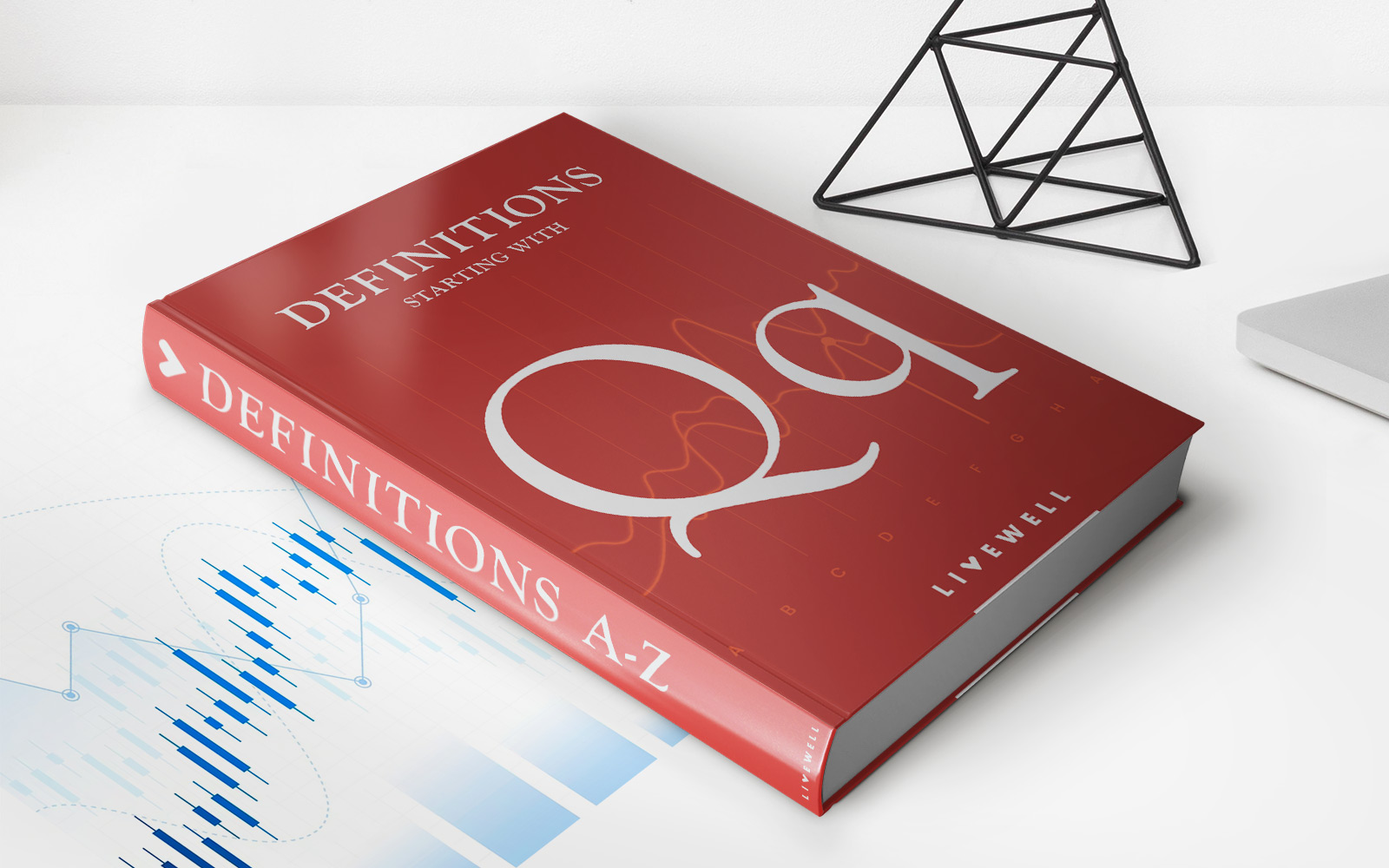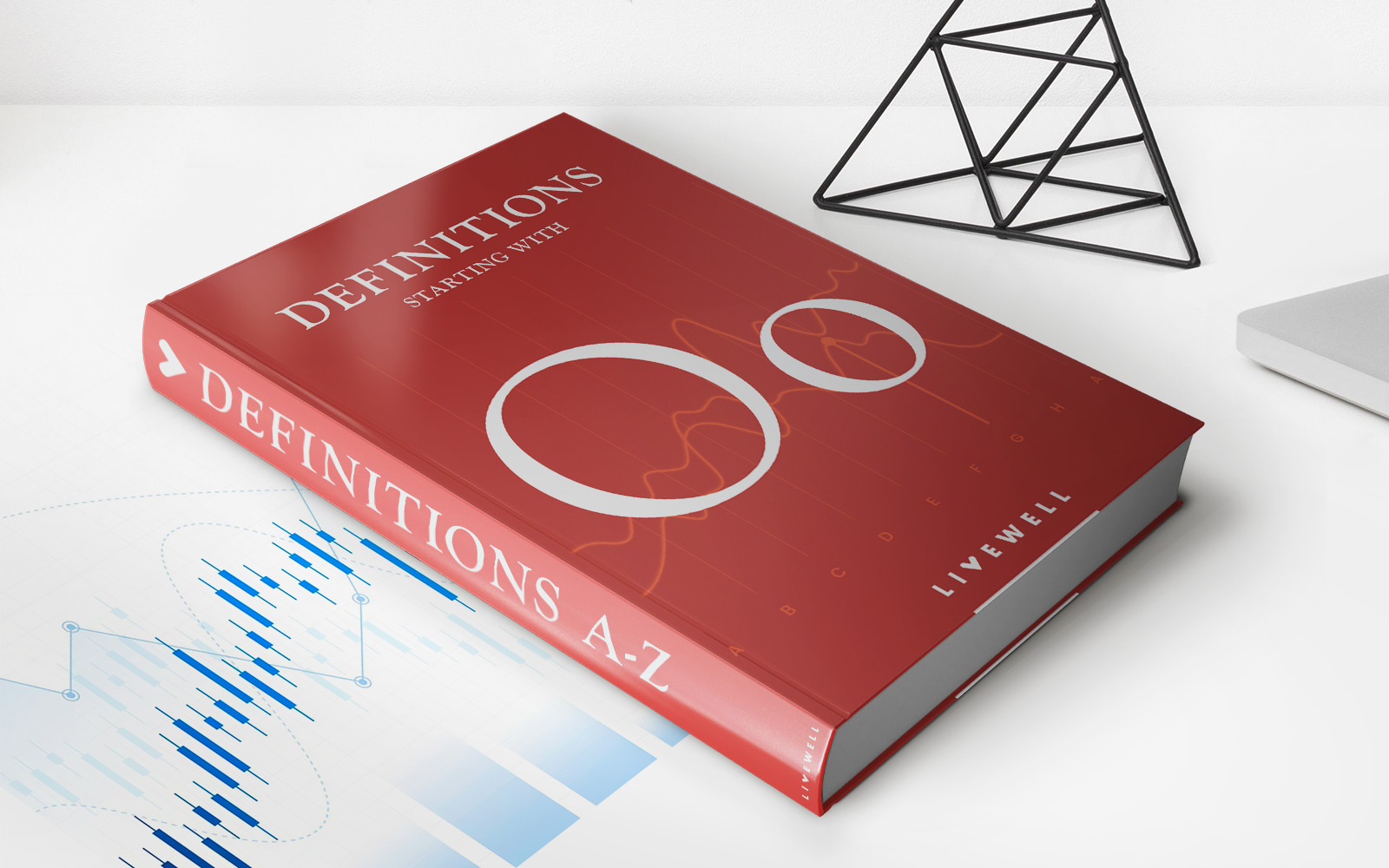

Finance
What Does 2/10 Mean In Accounting
Published: October 8, 2023
Learn the meaning of 2/10 in accounting and how it relates to finance. Discover the significance of this ratio and its impact on financial statements.
(Many of the links in this article redirect to a specific reviewed product. Your purchase of these products through affiliate links helps to generate commission for LiveWell, at no extra cost. Learn more)
Table of Contents
Introduction
Welcome to the world of accounting, where numbers and concepts come together to paint a clear financial picture. One important aspect of accounting is understanding the various terms and symbols used to represent different concepts. One such symbol that you may come across is “2/10”. But what does 2/10 mean in accounting?
When it comes to financial transactions, businesses often offer discounts to incentivize prompt payment from their customers. These discounts are expressed as a percentage and can be beneficial for both the buyer and the seller. However, the 2/10 notation takes this concept a step further, introducing a time frame within which the discount can be availed.
So, let’s delve deeper into the meaning of 2/10 in accounting, its significance, how it is calculated, and some examples to illustrate its application. By understanding this concept, you can make informed financial decisions and take advantage of potential discounts offered by vendors.
Definition of 2/10 in Accounting
In accounting, 2/10 refers to a discount term offered by a seller to a buyer for prompt payment. The numbers “2” and “10” represent the specific terms of the discount.
The first number, “2”, represents the discount percentage that the seller is offering. In this case, it means that the buyer will receive a 2% discount on the total invoice amount.
The second number, “10”, indicates the length of time within which the buyer needs to make the payment in order to be eligible for the discount. In this scenario, the buyer must make the payment within 10 days of the invoice date to qualify for the discount.
It’s important to note that the 2/10 discount term is often accompanied by the net payment terms, which represent the full amount due if the discount is not availed. The net payment term typically specifies that the buyer must pay the full invoice amount within a certain number of days, typically 30 or 60 days, depending on the agreement between the buyer and the seller.
Overall, 2/10 in accounting represents a discount opportunity for buyers who can make timely payments, while also encouraging prompt payments for sellers. It provides an incentive for buyers to settle their invoices quickly and benefits the cash flow of the seller’s business.
The Significance of 2/10 in Accounting
The 2/10 discount term holds significant importance in the world of accounting for both buyers and sellers. Here are a few key reasons why 2/10 is significant:
– Encourages Prompt Payment: The 2/10 discount acts as an incentive for buyers to pay their invoices promptly. By offering a discount for early payment, sellers are more likely to receive their funds quickly, thereby improving their cash flow.
– Improves Relationship with Suppliers: Taking advantage of the 2/10 discount and paying invoices early can strengthen the relationship between buyers and suppliers. It demonstrates reliability and shows commitment to the partnership, potentially leading to preferential treatment and better terms in future transactions.
– Reduces Outstanding Receivables: The 2/10 discount encourages buyers to settle their invoices quickly. This reduces the amount of outstanding receivables for sellers and reduces the risk of late or unpaid invoices. It improves the seller’s financial stability and allows them to allocate funds towards other expenses or investments.
– Saves Money for Buyers: By availing the 2/10 discount, buyers can save money on their purchases. A 2% discount may seem small, but when applied to large invoice amounts or frequent transactions, it can result in substantial savings over time.
– Better Cash Flow Management: For sellers, the 2/10 discount enables better cash flow management. By receiving payments early, they can allocate funds towards operational expenses, growth initiatives, or debt repayments. It reduces the need for short-term financing options and improves overall financial stability.
– Competitive Advantage: Businesses that offer the 2/10 discount term may gain a competitive advantage over those that do not. Buyers may choose to prioritize purchases from sellers who offer this discount, as it provides a tangible benefit and helps them reduce their own costs.
Overall, the 2/10 discount term holds significant significance in accounting as it benefits both buyers and sellers. It encourages prompt payment, strengthens relationships, improves cash flow, and provides financial advantages for all parties involved.
Calculation of Discounts Using 2/10
When it comes to calculating discounts using the 2/10 term, the process is straightforward. There are two scenarios to consider: availing the discount or paying the full invoice amount.
Let’s take a closer look at how the calculation works:
Scenario 1: Availing the Discount
If the buyer wishes to take advantage of the 2/10 discount, they must make payment within the specified time frame, which is typically 10 days. To calculate the discounted amount, follow these steps:
- Calculate the discount percentage by multiplying the total invoice amount by the discount rate. For example, if the invoice amount is $1,000 and the discount rate is 2%, the discount amount would be $1,000 * 0.02 = $20.
- Subtract the discount amount from the total invoice amount. In the above example, the discounted amount would be $1,000 – $20 = $980.
Scenario 2: Paying the Full Invoice Amount
If the buyer chooses not to avail the 2/10 discount and pays the full invoice amount within the specified payment term (often 30 days), no discount is applied. In this case, simply pay the full invoice amount as indicated.
It is important to note that the calculation of discounts using the 2/10 term may vary depending on any additional terms or conditions specified by the seller. Always refer to the invoice or specific agreement to ensure accurate calculations.
By understanding how to calculate discounts using the 2/10 term, buyers can make informed decisions regarding payment options that maximize their savings, while sellers can ensure accurate invoicing and prompt payment from their customers.
Examples of Using 2/10 in Accounting
To better understand how the 2/10 discount term is applied in accounting, let’s explore a couple of examples:
Example 1:
ABC Company receives an invoice from XYZ Supplier for $5,000 with payment terms of 2/10 net 30. This means that if ABC Company pays within 10 days, they can avail a 2% discount, otherwise, the full payment is due within 30 days.
If ABC Company chooses to take advantage of the 2/10 discount and pays within 10 days, the calculation would be as follows:
- Calculate the discount amount: $5,000 * 0.02 = $100.
- Subtract the discount amount from the total invoice amount: $5,000 – $100 = $4,900.
ABC Company would pay $4,900 within 10 days to avail the discount.
Example 2:
XYZ Corporation receives an invoice from ABC Supplier for $10,000 with payment terms of 2/10 net 60. If XYZ Corporation chooses to take advantage of the discount, they need to pay within 10 days; otherwise, they must pay the full invoice amount within 60 days.
If XYZ Corporation decides to avail the 2/10 discount and pays within the specified time frame, the calculation would be as follows:
- Calculate the discount amount: $10,000 * 0.02 = $200.
- Subtract the discount amount from the total invoice amount: $10,000 – $200 = $9,800.
XYZ Corporation would pay $9,800 within 10 days to receive the discount.
These examples illustrate how the 2/10 discount term can provide financial benefits to buyers who make timely payments. It encourages prompt payment, improves cash flow, and can result in cost savings over time.
Limitations of 2/10 in Accounting
While the 2/10 discount term can be beneficial for both buyers and sellers, it is important to consider some limitations associated with its usage:
- Limited Timeframe: The 2/10 discount term offers a relatively short window of opportunity for buyers to avail the discount. This may pose challenges for buyers who may need additional time to process invoices or gather funds for payment.
- Cash Flow Considerations: The 2/10 discount may affect the cash flow management of sellers. If a significant number of buyers take advantage of the discount and pay early, it could create a cash flow gap for the seller, potentially impacting their ability to meet other financial obligations.
- Limited Applicability: The 2/10 discount may not be applicable or available for all types of goods or services. Some sellers may choose not to offer such discounts, especially for high-demand or specialized products where the buyer’s willingness to pay the full price is assumed.
- Potential for Abuse: Buyers may take advantage of the 2/10 discount term without the intention of maintaining a long-term business relationship. They may engage in “cherry-picking,” where they selectively avail the discount on certain invoices but delay payment on others, ultimately impacting the seller’s cash flow.
- Impact on Profit Margins: Offering a 2% discount can reduce the profit margin for sellers. It is important for sellers to carefully evaluate the impact on their profit margins and ensure that offering the discount is financially viable in the long run.
Despite these limitations, the 2/10 discount term remains a widely used practice in accounting. It provides an opportunity for buyers to save money and for sellers to incentivize prompt payment, improve cash flow, and strengthen relationships with customers.
It is important for both buyers and sellers to consider these limitations and weigh the benefits against potential challenges when using the 2/10 discount term in their financial transactions.
Conclusion
The 2/10 discount term in accounting serves as a valuable tool for both buyers and sellers. It offers an incentive for buyers to make prompt payments and benefits sellers by improving cash flow and fostering stronger relationships. Understanding the concept and calculations associated with 2/10 can help businesses maximize the advantages it offers.
By availing the 2/10 discount, buyers can save money on their purchases and potentially develop preferential treatment with suppliers. It also allows for better cash flow management and reduces outstanding receivables for sellers. However, it is important to be aware of the limitations, such as the limited timeframe and potential impact on profit margins.
To calculate the discount using 2/10, buyers must multiply the total invoice amount by the discount rate and subtract that amount from the original figure. This ensures they pay the discounted amount within the specified time frame.
Overall, the 2/10 discount term is an important aspect of accounting that encourages timely payments, strengthens business relationships, and provides economic benefits to both buyers and sellers. By understanding this concept and carefully evaluating the implications, businesses can make informed financial decisions that contribute to their success.
So, the next time you come across the term 2/10 in your financial transactions, you’ll have a clear understanding of its meaning and significance in accounting.














